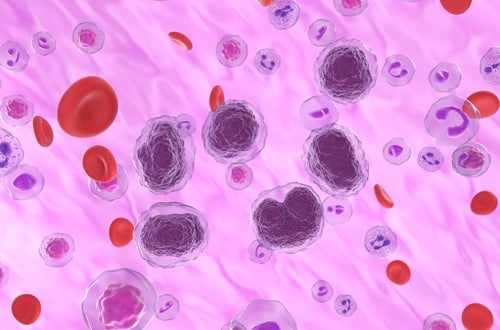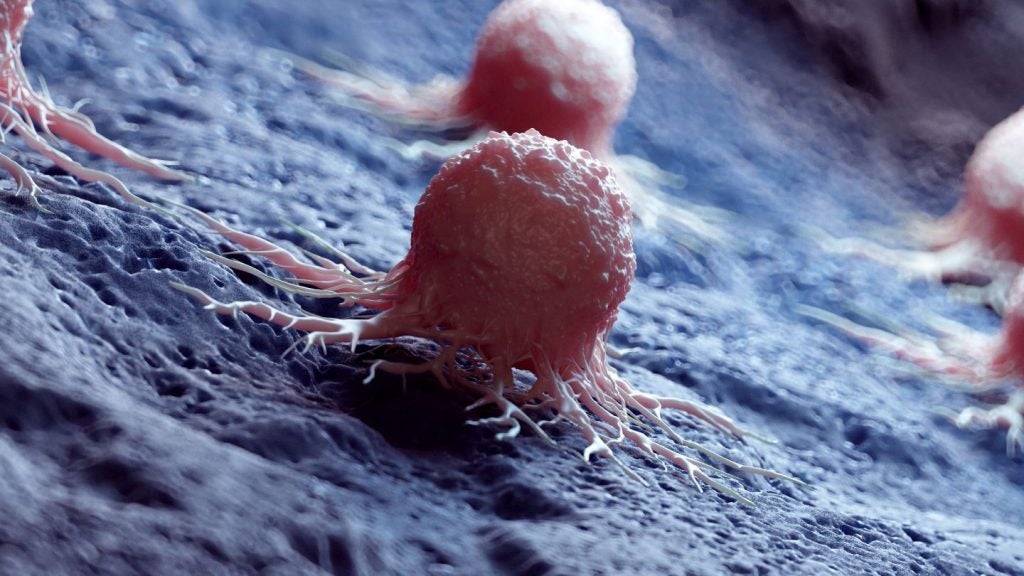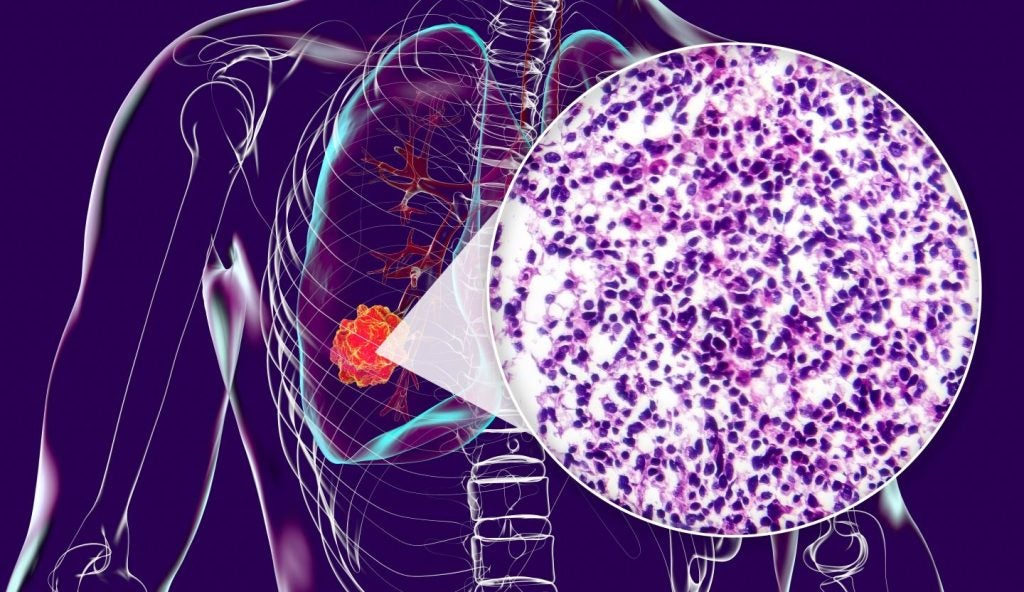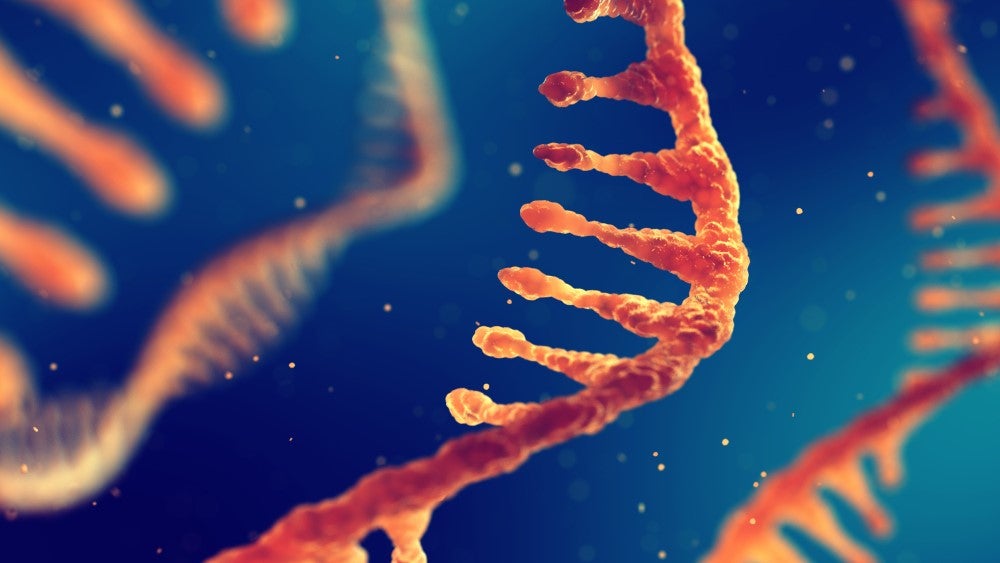Follicular lymphoma (FL) and diffuse large B cell lymphoma (DLBCL) are the two most common subtypes of B-cell non-Hodgkin lymphoma (B-NHL). FL is an indolent cancer: many patients respond to front-line therapy, but approximately 20% relapse and have shorter remissions with each subsequent line of therapy. DLBCL is an aggressive subtype, with up to 50% of high-risk patients relapsing or refractory to treatment. Relapsed and refractory (R/R) DLBCL patients present a high unmet need, especially in the later therapy lines, as treatment options become scarce.
Regeneron’s odronextamab is a bispecific CD20xCD3 antibody designed to form an immune bridge between T-cells and CD20-expressing lymphoma cells, triggering tumor cell lysis. Odronextamab demonstrated clinically meaningful efficacy and safety in patients with R/R FL and DLBCL in the Phase I ELM-1 (NCT02290951) and Phase II ELM-2 (NCT03888105) studies. ELM-2, a pivotal Phase II, multicenter, open-label clinical trial, enrolled 375 patients across five independent disease-specific cohorts, including DLBCL, FL, mantle cell lymphoma, marginal zone lymphoma, and other B-NHL subtypes.
Results of the final analysis of the ELM-2 R/R DLBCL cohort were presented at the 2023 American Society of Hematology (ASH) 65th Annual Meeting, held from December 9–12. At the time of data cut-off, the DLBCL cohort was fully enrolled; 141 patients were evaluable for safety, and 127 were evaluable for efficacy, with a median duration of follow-up of 26.2 months. The safety-evaluable DLBCL population had a median age of 66 years (range 24–88) and the median of two prior lines of therapy (range 2–8); 17% had transformed from indolent lymphoma and 5% had Richter’s transformation; 12% were double-hit and 6% triple-hit. In total, 57% of patients were primary refractory and 66% were double refractory to an anti-CD20 antibody and an alkylator in any line of therapy. Objective response and complete response (CR) rates were 52% (66/127) and 31% (39/127), respectively, and were consistent across high-risk subgroups. The median duration of response was 10.2 months (95% confidence interval [CI]), and the median duration of CR was 17.9 months (95% CI); the probability of maintaining CR for 24 months was 48%. Patient-reported outcomes, including pain and emotional functioning scores, were stable or improved during treatment. The safety profile in this heavily pre-treated cohort was generally consistent with previous reports, and CRS events were predominantly low-grade and manageable.
Based on the positive results of the ELM-1 and ELM-2 trials, odronextamab is under priority review by the FDA for treatment of R/R FL and DLBCL patients who have progressed after at least two prior systemic therapies, with the target action date of March 31, 2024. Regeneron is expanding its Phase III clinical development program, joining AbbVie/Genmab and Roche, which already have bispecific T-cell engagers approved in the R/R DLBCL setting, in the NHL label expansion race. GlobalData analyst forecast estimates odronextamab to reach $468 million in global sales in 2029, while AbbVie/Genmab’s Epkinly (epcoritamab) is predicted to command $2,346 million, and Roche’s bispecific T-cell engagers Lunsumio (mosunetuzumab) and Columvi (glofitamab) are expected to reach $946 million and $525 million in sales, respectively.















